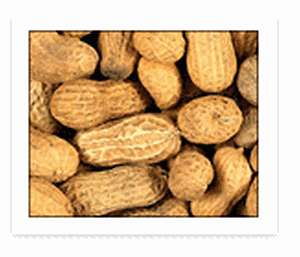▣ Foreword
 Peanut (Arachis hypogaea L.) is one of the cash crops providing highly nutritious human food, and the cultivated peanut is found throughout the tropical and temperate regions of the world. Peanut cultivation area and production in Korea were about 10,600 hectares and 18,200 tons in 1991 respectively.
Peanut (Arachis hypogaea L.) is one of the cash crops providing highly nutritious human food, and the cultivated peanut is found throughout the tropical and temperate regions of the world. Peanut cultivation area and production in Korea were about 10,600 hectares and 18,200 tons in 1991 respectively.
Major consumption of peanut in Korea has consisted of the roasted of 54 percent, and bread and confectionery of 40 percent. Per capita consumption per year represented a continuous increasing trend from 0.36kg in 1981 to 0.66kg in 1989. Demand of peanut especially for the roasted appeared a generally increasing trend mainly due to the recently rapid change to the improved living style and higher quality food consumption through socio-economic development.
Peanut breeding program was initiated at the Crop Experiment Station in 1960s, and the hybridization breeding program began from 1969 resulting in release of Seoduntangkong in 1978. New "shinpung" plant type variety developed from the Virginia×Spanish type cross in 1982 has a few branches bearing flowers and fruits mainly on the first branch, and has a high-yielding potential with ideal erect plant type.
Furthermore, an innovated polyethylene film mulching cultivation technique was developed in 1970s to accelerated the initial growth and flowering and fruit setting, and also to extend growth duration resulting in White Revolution of peanut production quadrupled in grain yield in Korea. For the national average productivity, the grain yield was only 410kg per hectare in 1960, but now 1,710kg per hectare, and with the king of peanut growing farmers demonstrated 4,000kg per hectare in 1991 by vinyl mulching cultivation and planting a superior cultivar of higher quality and yield.
The objective of this publication written in English was to introduce the highlights of the peanut research achievements by our oil crop scientists at the Crop Experiment Station, Rural Development Administration, to plant scientists of foreign countries, to agricultural policy makers, and to researchers and extension workers in the future.
 KOREAN
KOREAN

 Peanut
Peanut